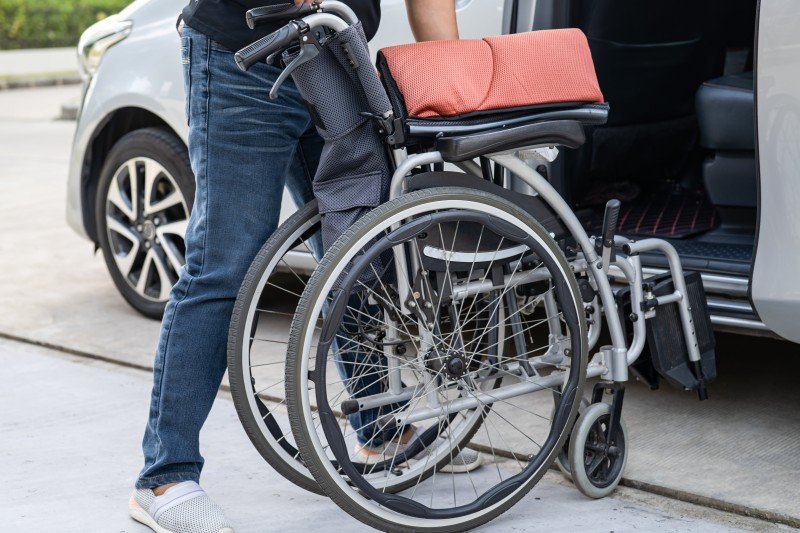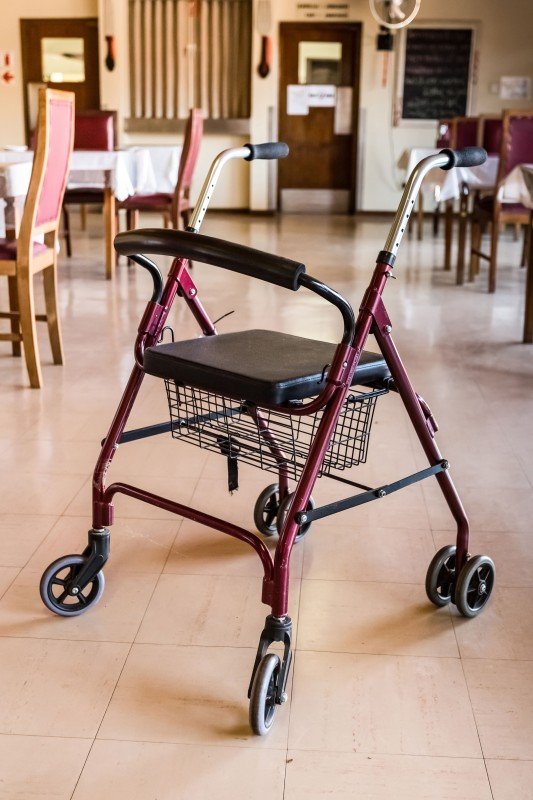disabled_scooters_near_me5976
About disabled_scooters_near_me5976
Why People Don’t Care About Mobility Scooters

Electric Mobility Scooters UK: A Comprehensive Guide
Electric mobility scooters have quickly end up being a vital part of contemporary transportation, specifically in the United Kingdom. These devices provide a practical, eco-friendly, and economical option for people with mobility issues, permitting them to preserve their self-reliance and navigate their everyday lives with higher ease. This article provides a comprehensive overview of electric mobility scooters in the UK, including their benefits, types, legal considerations, and suggestions for picking the ideal design.
Introduction to Electric Mobility Scooters
Electric mobility scooters are motorized lorries designed to assist people with strolling problems or other mobility disabilities. They can be found in various sizes and styles, from compact models for indoor use to robust, all-terrain scooters for outside activities. These scooters are powered by rechargeable batteries and can reach speeds of as much as 8 miles per hour, depending on the model.
Benefits of Electric Mobility Scooters
- Improved Independence
- Mobility scooters allow users to travel longer distances without fatigue, minimizing the need for assistance from others.
- Economical
- Compared to other types of transportation, electric scooters are reasonably inexpensive to buy and keep.
- Eco-Friendly
- Electric mobility scooters produce no emissions, making them an eco-friendly option.
- Enhanced Accessibility
- These scooters can be used in numerous settings, from supermarkets and shopping mall to parks and recreational locations, increasing ease of access.
- Social Inclusion
- By providing a way of transport, mobility scooters help users remain socially connected and participated in community activities.
Types of Electric Mobility Scooters
-
Class 2 (Electric Wheelchairs)
- Designed for usage on pavements and paths.
- Maximum speed: 4 miles per hour.
- Appropriate for indoor and outdoor use.
-
Class 3 (Electric Mobility Scooters)
- Can be utilized on roadways, pavements, and footpaths.
- Optimum speed on roads: 8 mph.
- Optimum speed on pavements: 4 miles per hour.
- Perfect for longer journeys and outdoor usage.
-
Collapsible Scooters
- Compact and lightweight, developed for simple storage and transport.
- Ideal for users who frequently travel or have actually limited storage space.
-
All-Terrain Scooters
- Constructed to manage rough terrain and off-road conditions.
- Often have larger wheels and more effective motors.
- Perfect for users who take pleasure in outdoor activities like hiking or gardening.
-
Sturdy Scooters
- Developed to support users with greater weight capabilities.
- Durable construction and improved durability.
- Appropriate for individuals who need a more robust and trusted option.
Legal Considerations in the UK
-
Licensing and Insurance
- No driving license or insurance is required for Class 2 and Class 3 mobility scooters.
- Nevertheless, users need to be at least 14 years of ages to ride a Class 3 scooter on the roadway.
-
Road Rules
- Class 3 scooters must have a red and amber light system and a rear reflector to be utilized on the roadway.
- Users should follow road guidelines and be aware of their surroundings.
- Pavement usage is limited to 4 mph for both Class 2 and Class 3 scooters.
-
Disability Allowance
- Some users may be qualified for a mobility allowance through the UK federal government, which can help cover the expense of a scooter.
- The Motability Scheme is a government-funded program that offers financial help for buying mobility help.
Tips for Choosing the Right Electric Mobility Scooter
-
Examine Your Needs
- Identify where and how you will mainly utilize the scooter (indoors, outdoors, both).
- Consider the range you require to take a trip and the terrain you will encounter.
-
Test Ride
- Check out a regional mobility shop to evaluate ride various models.
- Make sure the scooter is comfy and simple to operate.
-
Battery Life
- Select a scooter with a battery life that fits your daily requirements.
- Consider the charging time and the availability of backup batteries.
-
Weight Capacity
- Inspect the weight capability of the scooter to guarantee it can support your needs.
- Durable models are readily available for users with greater weight requirements.
-
Functions and Accessories
- Try to find functions like adjustable seats, tilt systems, and easy-to-read control board.
- Think about devices such as baskets, seat belts, and weather condition defense.
Maintenance and Safety
-
Routine Check-Ups
- Schedule regular upkeep checks to make sure the scooter remains in excellent working condition.
- Replace worn parts and recharge the battery frequently.
-
Safety Gear
- Constantly use proper safety equipment, such as a helmet and reflective clothing.
- Usage lights and reflectors when riding in low-light conditions.
-
Roadway Etiquette

- Be considerate to pedestrians and other road users.
- Follow designated courses and prevent overloaded locations.
-
Storage and Security
- Store the scooter in a dry, safe area to avoid damage and theft.
- Think about utilizing a locking mechanism or GPS tracker for included security.
Often Asked Questions (FAQs)
Q: Do I need a driving license to utilize an Electric Mobility Scooters Uk mobility scooter in the UK?
- A: No, a driving license is not needed for Class 2 or Class 3 mobility scooters. Nevertheless, users must be at least 14 years of ages to ride a Class 3 scooter on the road.
Q: Can I use my mobility scooter on the pavement?
- A: Yes, both Class 2 and Class 3 scooters can be utilized on pavements and footpaths. The optimum speed on pavements is 4 mph.
Q: How much does an electric mobility scooter expense?
- A: Prices differ depending on the model and features. Entry-level scooters can cost around ₤ 500, while advanced models can vary from ₤ 1,000 to ₤ 5,000.
Q: Is there monetary help offered for purchasing a mobility scooter?
- A: Yes, the Motability Scheme offers financial help for qualified people. You may also be qualified for a disability allowance to help cover the cost.
Q: How far can an electric mobility scooter travel on a single charge?
- A: The variety varies by design, but the majority of scooters can travel between 10 to 30 miles on a single charge. Sturdy designs might have a much shorter range.
Q: Can I transport my mobility scooter in a cars and truck?
- A: Yes, foldable and light-weight designs are designed for easy transport. Some car makers likewise provide adaptive equipment to accommodate mobility scooters.
Q: Are there any age restrictions for using a mobility scooter?
- A: There are no particular age limitations for utilizing a Class 2 scooter. However, users should be at least 14 years of ages to ride a Class 3 scooter on the roadway.
Q: Can I utilize my mobility scooter in bad weather?
- A: Most electric mobility scooters are weather-resistant, but it’s suggested to utilize caution and avoid very damp or icy conditions. Consider including weather protection devices.
Electric mobility scooters have revolutionized the way individuals with mobility concerns travel and participate in daily activities. With their numerous benefits, consisting of boosted independence, cost-effectiveness, and ecological friendliness, they are an important financial investment for many people. By comprehending the various types of scooters, legal factors to consider, and upkeep tips, users can make educated decisions and enjoy the complete range of benefits these devices use. Whether you are searching for a compact indoor design or a robust all-terrain scooter, there is an ideal option available to meet your requirements and improve your lifestyle.
Additional Resources
- Motability Scheme: Visit the official site for more info on financial help and eligibility.
- Department for Transport: Read the standards for using mobility scooters in the UK.
- Regional Mobility Shops: Find a trusted shop in your location to test trip and purchase a mobility scooter.
No listing found.
